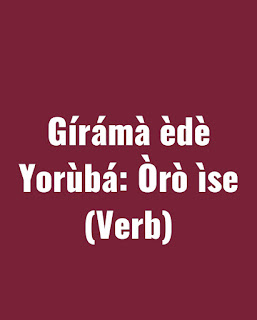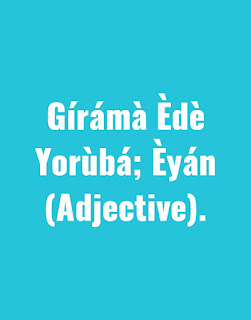Ęwààtoge: Beauty&style (Agbádá clothing worn by the Yoruba)

Clothing in Yoruba culture is gender sensitive. For men's' wear, they have Bùbá, Esiki and Sapara, which are regarded as Èwù Àwòtélè or under wear, while they also have Dandogo, Agbádá, Gbariye, Sulia and Oyala, which are also known as Èwù Àwòlékè / Àwòsókè or over wears. Some fashionable men may add an accessory to the Agbádá outfit in the form of a wraparound (Ìbora).Ìrùkèrè made from horse or cow tail. They also have various types of Sòkòtò or native trousers that are sown alongside the above mentioned dresses. Some of these are Kèmbè (Three-Quarter baggy pants), Gbáanu, Sóóró (Long slim / streamlined pants), Káamu & Sòkòtò Elemu.
















